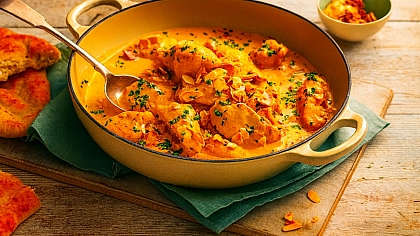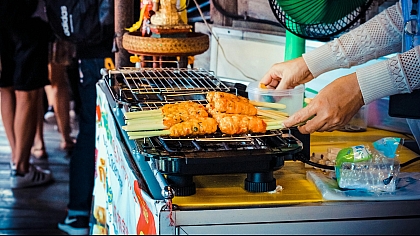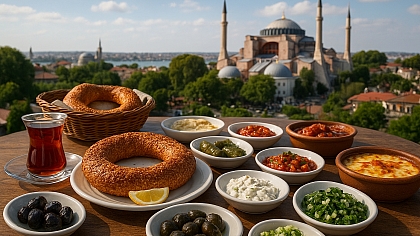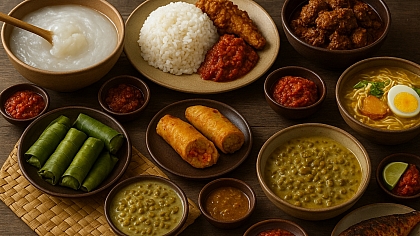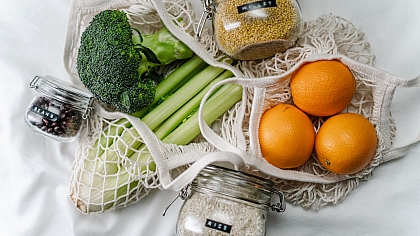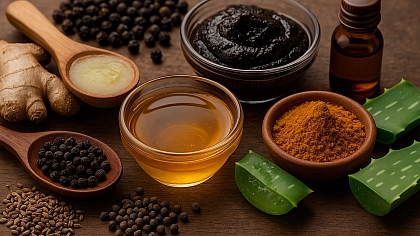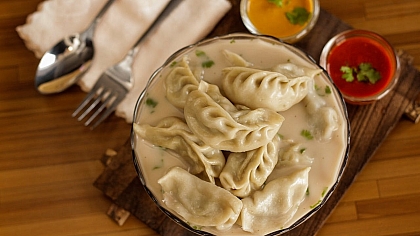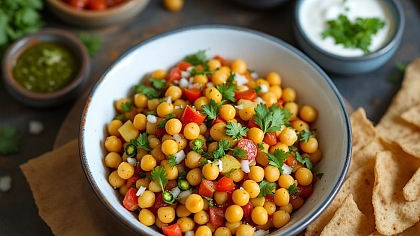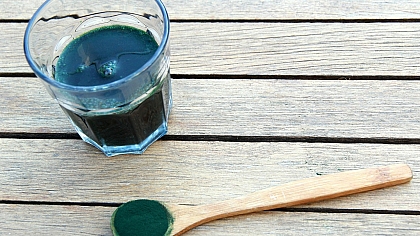
The Story of Saffron
A red, string-like looking ingredient used in cooking, saffron isn’t just any regular spice and its story is intertwined with history and legend.
What is Saffron and What is it Used For?
Saffron is a spice that derives from the Crocus sativus flower which is also known as saffron crocus. Although the flower tends to be purple in colour, the stigma and styles are collected and dried, this makes the red coloured spice known as saffron.
Crocus sativus isn’t found in the wild and probably originates from Crocus cartwrightianus, also known as wild saffron. Since C. sativus is a domestic, hybrid flower, it is unable to reproduce without human assistance; to rectify this issue, the ground is sown with corms beforehand, also known as bulbotubers, corms are swollen plants that serve as storage organs for plants living in tough conditions such as tough winters or severe droughts.
Why is Saffron so Expensive?
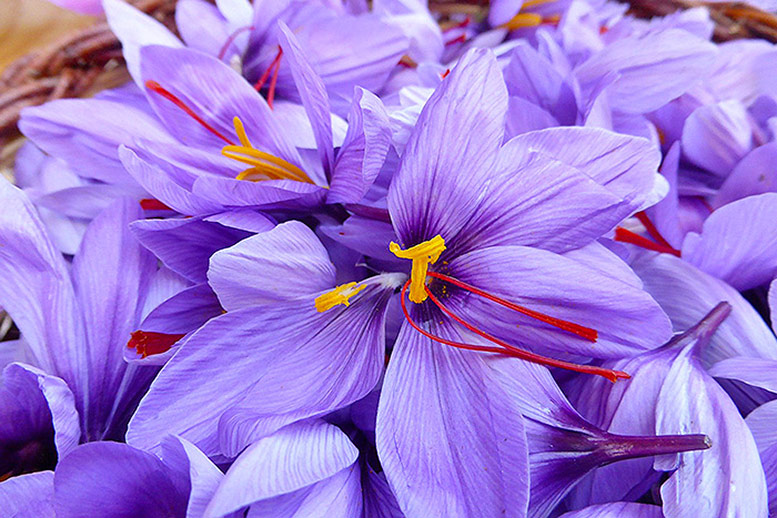
It is well known that saffron is one of the most expensive spices available but not many people know why. The nature of the cultivation for saffron is unique to other kinds of spices as the amount of labour required in intense.
For every 1 pound (0.45kg) of saffron produced it takes 200,000 saffron stigmas to be hand picked from 70,000 crocus flowers. It takes 40 hours of manual labour to pick 150,000 flowers.
Grades of Saffron
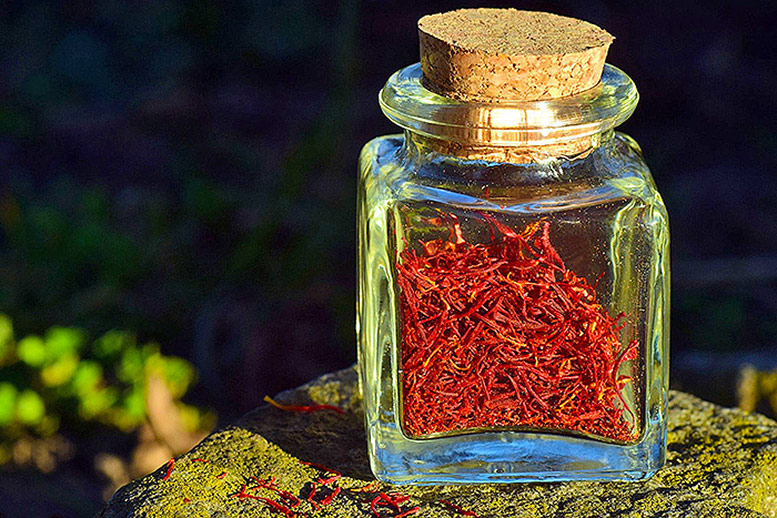
Since saffron is so expensive, there are different grades of the product; higher grades often contain purer saffron but is more expensive whereas lower grades may be cheaper but have ingredients added.
There are various ways that saffron can be adulterated, sometimes beetroot and pomegranate fibres are added, some of the lowest grades can even contain silk fibres dyed red. Sometimes the saffron is soaked in honey or oil to increase the weight, most shocking of all, there have even been reports of saffron being adulterated with horse hair and shredded paper!
An interesting point to note is that in medieval Europe, the punishment for adulterating saffron was death.
The History of Saffron
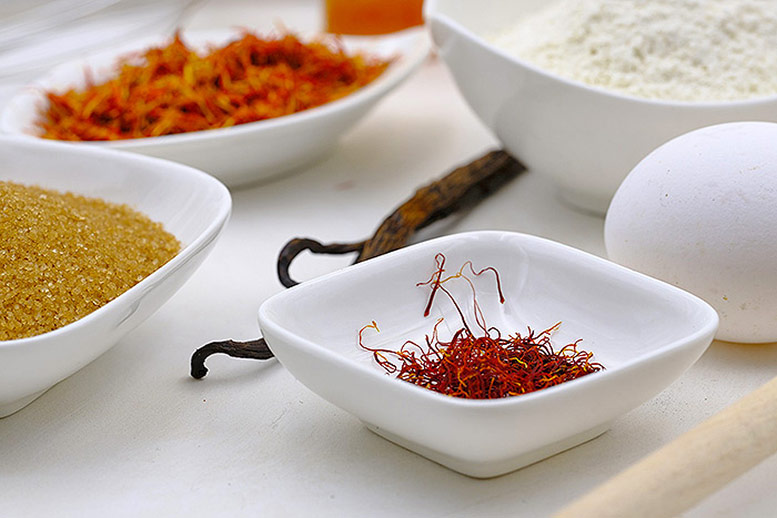
There are many doubts regarding the origins and history of saffron but it is believed to have originated in either Iran, Greece or Mesopotamia. Saffron then became popular throughout Asia and Europe due to traders.
There is mention of saffron by the Assyrians in the 7th century BC and there are also records of it being used by the Sumerians and the Persians. The Persians used saffron in textiles, dyes, perfumes and baths, they would add it to tea and even scatter it on their beds as a cure for melancholy.
Alexander the Great copied the Persian tradition of bathing with saffron and brought the practice back to Greece, he was also known to add saffron to various infusions and rice which he believed helped heal his wounds acquired in battle.
According to some accounts, saffron began to be used in South Asia about 2500 years ago but others say it was spread there by the Persians in 500 BC. Saffron was used as a dye and was used as a remedy for melancholy just like the Persians. Buddhist minks dye their robes saffron coloured to symbolise their equality but actual saffron was not used as was, and still is, very expensive. Instead, turmeric or jack fruit were used to dye their robes; nowadays a dye made from gamboge is used.
Although saffron is mentioned in some Ancient Chinese texts, where it specifically mentions the saffron that is grown in Kashmir, it is believed to have been brought to China with Mongol invaders coming from Persia.
The Minoans used saffron in 1600-1500 BC as a therapeutic drug and also added it to scented waters, perfumes and divine offerings. The Minoans were also known to use saffron in various medical treatments. Saffron was commonly used throughout the Mediterranean at the time; the famous Cleopatra of Ptolemaic Egypt was known to add saffron to her baths.
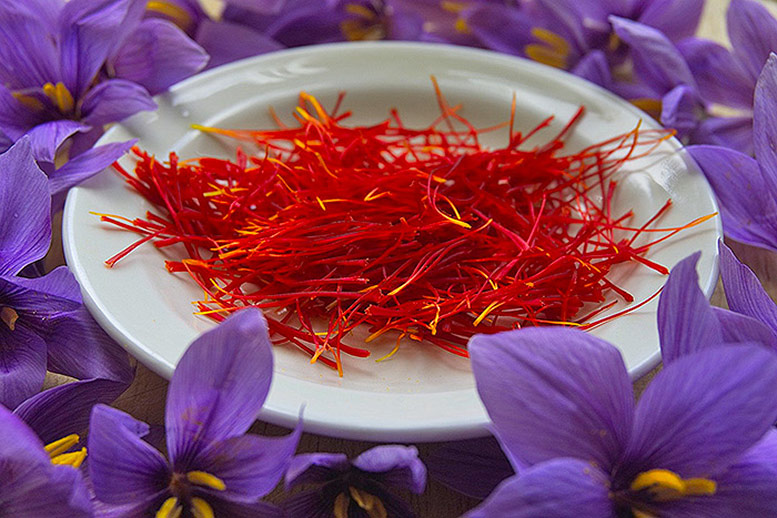
Saffron was much loved by the Romans and was used in many recipes, when the Romans began to settle in Gaul after conquering it, they took saffron with them and cultivated it there until the Roman Empire fell. Saffron wasn’t cultivated in France again until the Moors brought it there in the 8th century. Thanks to the spread of Islamic civilisation in Europe, saffron was also brought back to Italy and Spain where it had been lost after the fall of the Romans. If you find ancient Rome interesting, you might want to check out an online tool for converting Roman numerals, where you can find out xxvii roman numerals = 27, for example.
In the 14th century, the Black Death raged through Europe and the demand for saffron to be used in medical treatments increased rapidly. Venetian and Genoan ships brought saffron to Europe from islands in the Mediterranean; one such ship full of saffron was stolen by a nobleman starting the Saffron War which lasted fourteen weeks after this, pirates began ignoring gold ships and stealing saffron ships bound for Europe via the Mediterranean.
Due to the fear of what this setback could cause, financially and medically, the town of Basel in Switzerland began to plant corms and cultivate their own saffron, the crop was then grown in Nuremberg, Germany.
The climate of Britain isn’t very ideal for the cultivation of many different kinds of crops but in Essex, Southeast England, the town of Saffron Walden used to produce saffron in the 16th and 17th century until it was thereafter abandoned. It is only since 2013 that saffron production has returned to the region and also in parts of Cheshire, Northern England.
In the 1700s, the Dutch cultivated saffron in the American state of Pennsylvania where it was mainly added to food.
Famous Dishes Which Use Saffron
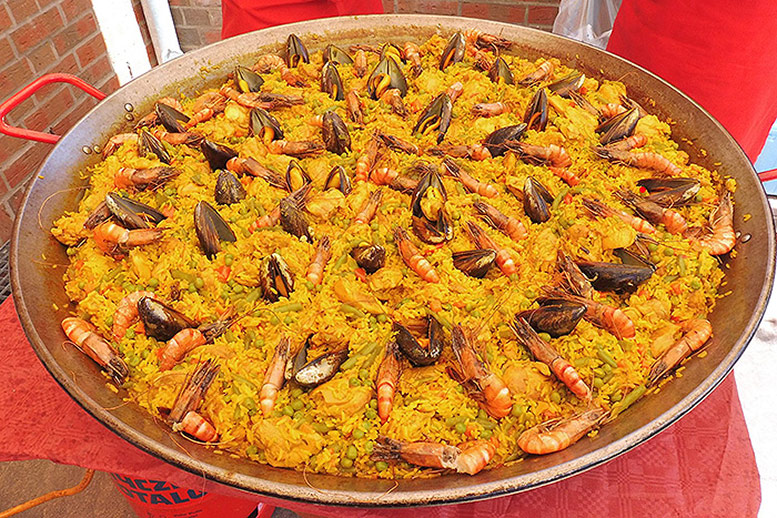
There are many dishes from all around the world that use saffron either for colour or for flavour, here are some of them:
Kheer – A type of Pakistani/Indian rice pudding, there are many variations of the dish including firni and payasam, various topping can be added including cardamom and saffron.
Saffron rice – Eaten in India and Seychelles, saffron rice is yellow in colour and has a delicious flavour.
Paella – A famous Spanish dish consisting of seafood and rice, saffron is also used in to colour and flavour this spectacular dish.
Pilaf rice – Eaten in Turkey and various Arab countries, there are many variations of pilaf rice including meat or vegetable versions. Saffron is also sometimes added to pilaf to add flavour.



